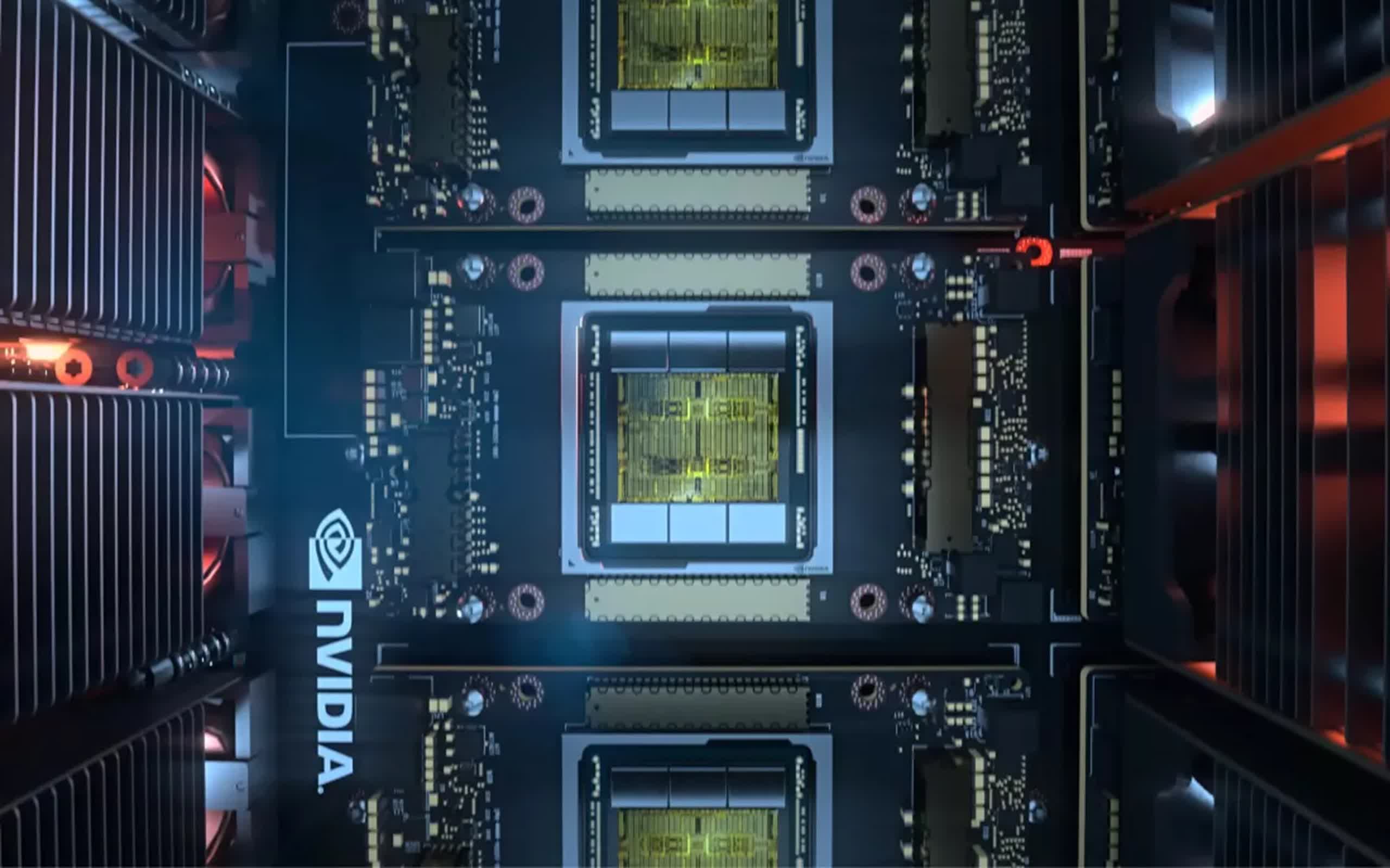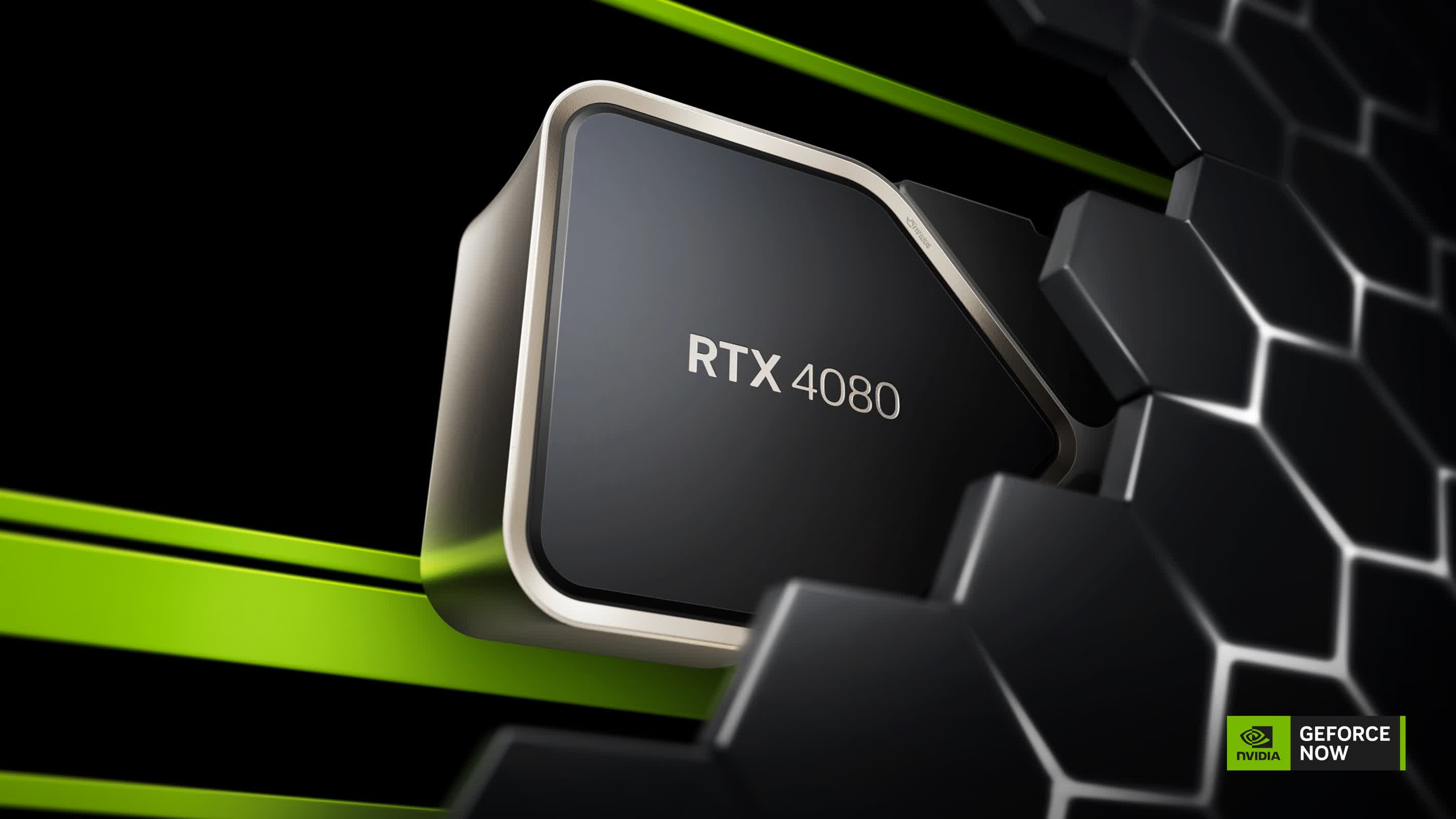In context: Nvidia is preparing to transition its Maxwell, Pascal, and Volta GPU architectures to a legacy driver branch, signaling the end of an era for these iconic products. This transition reflects the company's focus on supporting more recent hardware capabilities, particularly in areas such as AI and ray tracing.

Nvidia's CUDA 12.8 release notes indicate that support for the older architectures is now considered "feature-complete" and will be frozen in an upcoming release.
This move marks a significant shift for Nvidia as it begins to phase out support for the remaining GTX-era architectures. While CUDA support will continue for Maxwell, Pascal, and Volta GPUs, they will no longer receive new features in future updates. It's important to note that this change does not immediately affect GeForce gaming driver support, as Maxwell and Pascal GPUs are still included in the support list for the GeForce RTX series driver.
Nvidia has not provided a specific date for the end of full support for these three GPU architectures, but the transition is expected to occur soon. Once this change takes effect, the GTX 16-series, based on the Turing architecture of the RTX 20-series, will be the only remaining GTX-series GPUs with full support.

The Maxwell architecture, introduced 11 years ago, represents the oldest of the outgoing GPU architectures still supported by Nvidia on the consumer side. It debuted with the GeForce GTX 750 series and was followed by the GTX 900 series. Maxwell brought significant performance-per-watt improvements over its predecessor, Kepler, and was particularly notable for its efficiency in mobile GPUs.
Pascal, introduced in 2016 with the GeForce GTX 1000 series, marked one of Nvidia's most significant architectural advancements in the 2010s. It utilized TSMC's 16nm finFET plus technology, doubling the density of Maxwell's 28nm node and delivering substantial performance gains. The GTX 1080, for instance, offered 60-65 percent higher performance than its predecessor, the GTX 980.
Volta, released in 2017, was primarily focused on AI applications and enterprise use. It introduced Tensor cores, specialized units designed for AI workloads, which provided nine times the performance of Pascal in AI-specific tasks. Volta was largely confined to the enterprise sector, with the Titan V being the only desktop GPU to feature this architecture.
For Linux users, most distributions will continue to support legacy versions of the Nvidia driver, ensuring that affected cards will remain functional for the foreseeable future. However, users should be aware that they will not receive new features or optimizations moving forward.
Nvidia prepares to move Maxwell, Pascal, and Volta GPUs to legacy driver status